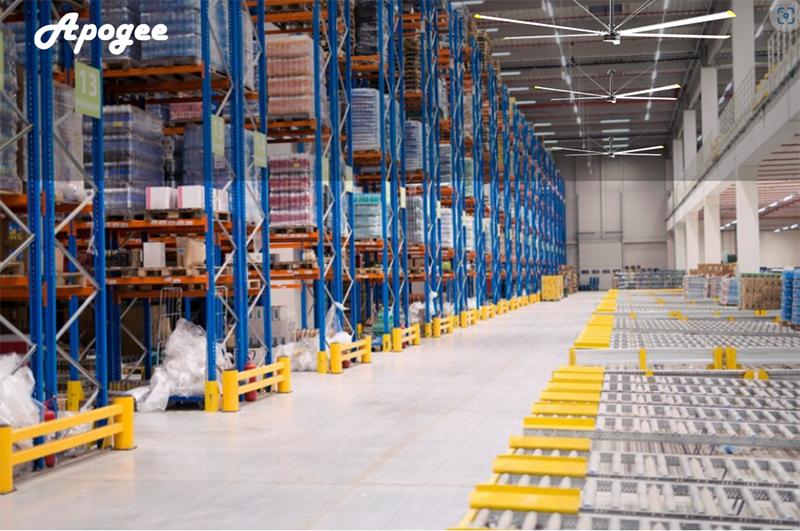Lower-priced warehouse fans may not always be the best choice for several reasons:
Quality and Durability: Lower-priced fans may be made with lower-quality materials and construction, leading to a shorter lifespan and increased maintenance costs in the long run.
Performance: Cheaper fans may have less efficient motors or blade designs, leading to reduced airflow and less effective cooling in the warehouse space.
Noise Levels: Lower-priced fans may produce more noise during operation, which can be disruptive to warehouse activities and employee comfort.
Energy Efficiency: Cheaper fans may not be as energy-efficient as higher-quality options, leading to higher electricity costs over time.
Warranty and Support: Lower-priced fans may come with limited or no warranty, and the manufacturer may not provide adequate customer support, making it challenging to address any potential issues that arise.
Investing in higher-quality, more reliable warehouse fans may initially cost more, but it can lead to long-term savings, better performance, and improved overall satisfaction. It’s important to carefully consider factors such as quality, performance, energy efficiency, and support when choosing warehouse fans to ensure the best outcome for the facility.
HVLS FANS VS LOWER-PRICED WAREHOUSE FANS
When comparing high-volume low-speed (HVLS) fans to lower-priced warehouse fans, there are several important factors to consider:
Airflow Coverage: HVLS fans are designed to move large volumes of air efficiently over a wide area, making them ideal for large warehouse spaces. Lower-priced fans may not offer the same level of airflow coverage.
Energy Efficiency: HVLS fans are known for their energy efficiency, as they can effectively circulate air at low speeds, potentially reducing the need for air conditioning and lowering overall energy costs. Lower-priced fans may not provide the same level of energy savings.
Performance and Comfort: HVLS fans are specifically engineered to create a comfortable environment by maintaining consistent air circulation and temperature throughout the space. Lower-priced fans may not offer the same level of performance and comfort.
Durability and Lifespan: HVLS fans are often built with high-quality materials and components, leading to a longer lifespan and reduced maintenance requirements. Lower-priced fans may not be as durable or long-lasting.
Noise Level: HVLS fans are designed to operate quietly, minimizing workplace disruption. Lower-priced fans may produce more noise during operation.
Ultimately, the decision between HVLS fans and lower-priced warehouse fans depends on the specific needs and budget of the facility. While HVLS fans may require a higher initial investment, they often offer superior performance, energy savings, and long-term reliability in a warehouse setting.
Post time: Dec-25-2023


